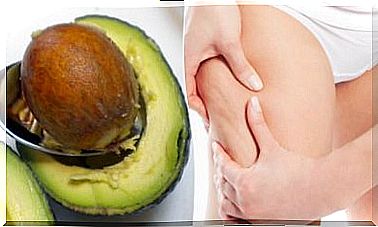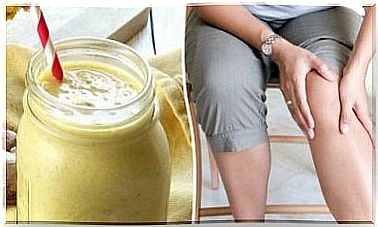The Main Mosquito-borne Diseases
Mosquito-borne diseases are very common in countries with tropical climates. Because of this, we’re going to explain the symptoms and treatments for all of these conditions so that you can identify them.
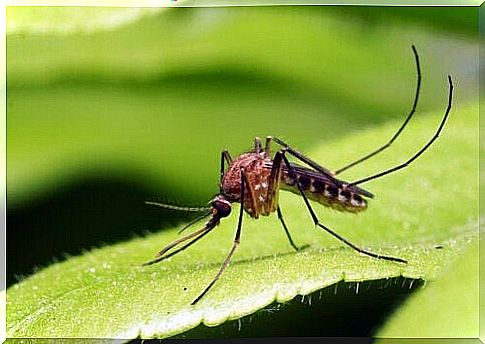
Many bacterial, viral, and parasitic infections are transmitted by insects. Mosquitoes are one of the most common vectors around the world. In this article, we’ll tell you about the most important mosquito-borne diseases and what treatments are available for them.
Insect-borne diseases are a serious public health problem in many countries today. According to the World Health Organization (WHO) , they kill 700,000 people around the world every year. Despite efforts to control them, various environmental and social factors make this task difficult.
Mosquitoes as vectors
All insects that are able to transmit diseases are called vectors . Certain arthropods such as mosquitoes, flies, triatominae (a predatory bug) and ticks are noticeable. They all carry the microorganisms that cause infection from one host to another.
The transmission of pathogens can take place both biologically and mechanically, i.e. it can be related to the blood intake of the insect or not. So if it is a biological pathogen, the insect is necessary for the virus, parasite or bacterium to complete its life cycle.
Of all the vectors that exist, mosquitoes are the best known. This may be due to the large number of diseases they can transmit. All are biologically transmitted, which means that the mosquito must ingest blood from someone who is sick in order to become the vector.
There are three different genera of mosquitoes. They all have different properties and are able to transmit certain diseases. The three known genera are Anopheles , Aedes and Culex .
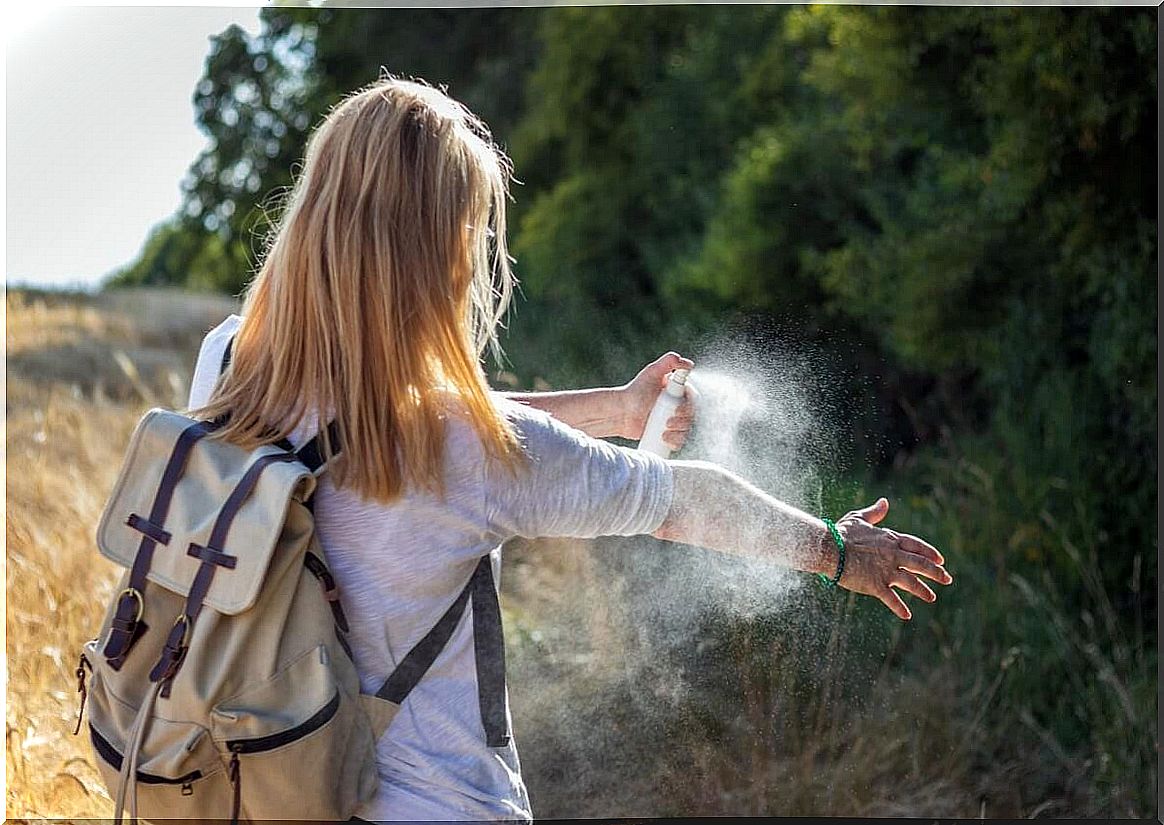
Malaria: a mosquito-borne disease
One of the main mosquito-borne diseases is malaria. This word refers to bad air because it was believed that the transmission of diseases occurs through the air.
This infection is caused by parasites of the genus Plasmodium , the type of parasite depending on the region. Transmission is the genus mosquito Anopheles instead. Therefore, the disease is very common in countries with a tropical climate.
The life cycle of these parasites is complex. The main complication is anemia as they infect the host’s red blood cells, multiply within them, and destroy them after 48 to 72 hours.
Symptoms
The clinical manifestations appear between 10 and 15 days after the mosquito bite. The main symptom in people with malaria is a fever over 38 ° C. It is not constant, but is interrupted by periods of normal temperature.
In severe cases, jaundice (yellowing of the skin and mucous membranes), chills and sweats, muscle pain, nausea and vomiting, general weakness and cramps can occur.
treatment
Treatment for the infection depends on the species causing it. In view of the fact that the most common pathogens P. vivax and P. falciparum are based treatment on the use of chloroquine in combination with primaquine.
If chloroquine resistance is suspected, it can be combined with certain artemisinin derivatives, with antibiotics (doxycycline or clindamycin) or with mefloquine and artesunate. In addition, intravenous fluids may be required in many cases.
Dengue fever is another example of a mosquito-borne disease
Another of the most common mosquito-borne diseases is dengue fever. This infection is caused by the dengue virus, which is part of the Flaviviridae family. There are 4 different serotypes called DEN-1, DEN-2, DEN-3 and DEN-4.
Mosquitoes of the genus Aedes , mostly of the species Aedes aegypti, transmit this virus. It is a disease that is characteristic of tropical and subtropical countries. According to WHO studies, however, cases have occurred worldwide and the health authorities receive up to 390 million reports of this infection every year.
Symptoms
The incubation time of the virus in the human body can vary from 4 to 10 days after the bite. The main symptom is a fever of more than 40 ° C, which occurs continuously and without a specific time pattern. Occasionally there is also a rash and inflammation of the lymph nodes.
But that is usually not enough. In addition, many patients have the following symptoms:
- Muscle, bone and joint pain
- General feeling of weakness
- Pain behind the eyes
- Nausea and vomiting
treatment
There is currently no specific treatment for dengue so treatment for symptoms is all that is provided. Doctors use paracetamol or paracetophen as the main medication in addition to adequate fluid intake to lower fever.
Symptoms and the infection itself usually resolve within 2-7 days. However, if complications arise, constant medical supervision of the patient is necessary.
Yellow fever: another mosquito-borne disease
This is one of the most dangerous and deadly mosquito-borne diseases out there. It is quite common in South America and Sub-Saharan Africa. The yellow fever virus, which is a member of the Flaviviridae family, causes this disease.
Yellow fever is mainly transmitted by mosquitoes of the genus Aedes , more precisely by the species Aedes aegypti . The species belonging to the genus Haemogogus are also able to transmit this virus.
This infection is named for the jaundice that some patients have, where the skin has turned yellow. 15 percent of those infected develop serious complications and, on average, half of them die within 7 to 10 days.
Symptoms
Symptoms of the disease can appear between 3 and 6 days after the mosquito bite. It is best to divide its course into two phases: an acute and a toxic one. The symptoms of the two phases are very different.
- Acute phase: This is the initial phase of the disease. Patients experience fever, muscle pain, nausea, vomiting, and loss of appetite. However, the signs will go away within 3 to 4 days.
- Toxic phase : A small proportion of patients may enter the toxic phase after the symptoms of the acute phase have subsided. At this point, systemic involvement occurs, leading to liver failure, renal insufficiency, and heart damage.
treatment
Unfortunately, there is no specific antiviral treatment for yellow fever. Immediate medical care, however, reduces the risk of complications. It is therefore necessary to combat all symptoms at an early stage, that is, lower the fever and ensure adequate fluid intake.
Vaccination is possible as a preventive measure. A single dose of the vaccine is enough to develop lifelong immunity and protection.
Zika is also transmitted by mosquitoes
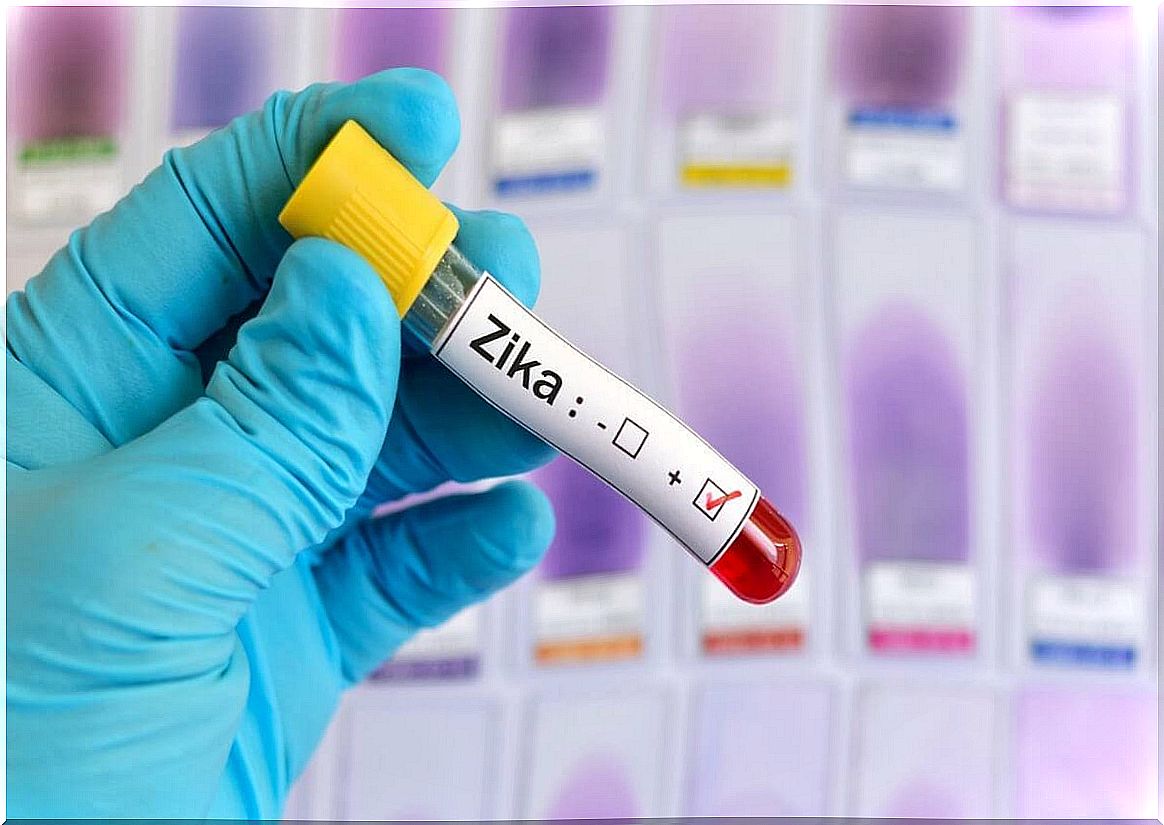
Zika is a viral infection that researchers discovered in the 1940s. It is caused by a flavivirus and by mosquitoes of the genus Aedes transferred. The disease is common in countries with tropical climates in Latin America, Africa, and Asia.
Currently, outbreaks of this disease have been reported in more than 83 countries around the world. Although this virus is typically non-fatal, it can cause miscarriages and serious birth defects such as microcephaly, joint and eye damage, brain damage, and restricted body movement in pregnant women.
Symptoms
The symptoms of this disease are very mild. In fact, most patients are asymptomatic. In those cases where the clinical presentation is obvious, symptoms usually appear between 3 and 14 days after the mosquito bite with a mild fever, rash, joint and muscle pain, general weakness, and red eyes.
On the other hand, there are also few reports of cases in which experts have linked the Zika virus to peripheral nerve damage and the occurrence of Guillain-Barré syndrome.
treatment
Because the symptoms are not severe, no special treatment is required. It is enough to lower the fever and relieve muscle pain. In addition, symptoms disappear spontaneously after a week.
Chikungunya is also one of the mosquito-borne diseases
The Chikungunya virus causes the infection of the same name. Usually, Aedes aegypti -Mücken for transferring responsible, but other species of the same genus can transmit the virus.
The word Chikungunya comes from Africa and its literal translation is “the crooked one”. This is due to the severe muscle pain it causes.
Before 2013 there were only cases of this disease in Asia, Africa, Europe and on islands in the Indian Ocean. However, by the end of the same year, several outbreaks were reported in Latin American and Caribbean countries.
Symptoms
Symptoms of chikungunya usually aren’t that different from those that cause other mosquito-borne diseases. With this in mind, between 3 and 7 days after being bitten by an infected mosquito, patients may experience the following symptoms:
- High fever: over 39 ° C
- Pain: severe muscle and joint pain with headache
- Inflammation: in the joints and lymph nodes
- skin rash
treatment
As with Zika, there is no specific treatment for this condition, and symptoms usually resolve within a week. However, doctors recommend drinking plenty of fluids, resting, and lowering the fever with various antipyretic drugs, such as acetaminophen.
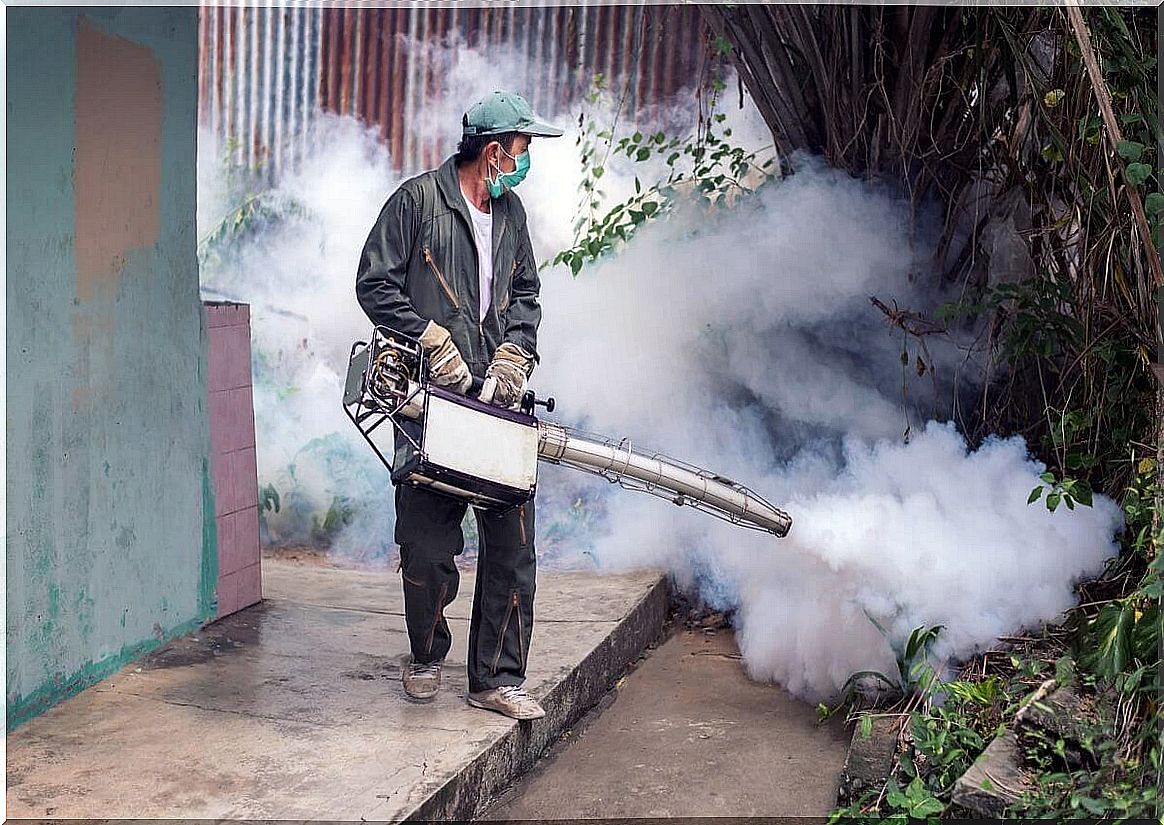
How to prevent mosquito-borne diseases
If you are in tropical countries where these diseases are endemic, it is best to use mosquito repellants all the time. Also, using mosquito nets at night will prevent you from being stung while you sleep. In the special case of yellow fever, you must have the appropriate vaccination protection.
Ultimately, the best way to prevent this type of infection is to eradicate the vector’s habitat. To do this, it is necessary not to leave water at home, otherwise it can serve as a breeding ground for mosquitoes. Another useful tip is to often fumigate your living and working environment with pesticides.
